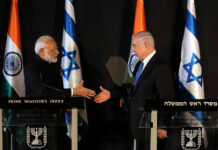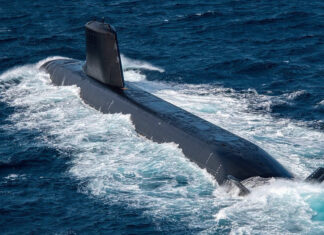Focusing of the threat on oil and gas sector at the Sahel area
In the last decade a number of terror acts took place in various places worldwide against oil and gas industry. A representative sample:
- In February 2002, a hell boat loaded with explosives crashes against the wall of the giant French oil container ship MV Limburg next to Yemen shores. As a result of the explosion one crewman was killed, others were wounded and 90’000barrels of oil were spilled into the sea. The Ql Qaida organization took responsibility for the operation.
- In February 2004, Osama Bin Laden encourages his soldiers to “concentrate actions against the oil facilities and in particular in Iraq and the Persian Gulf”. Trying to justify such a move, he explained that the US is using the energy resources of the Arab countries for a ridiculous price.
- In 2006, Al Qaeda tried to blow up a car bomb in Abqaiq, Saudi Arabia, One of the largest refineries in the world. The bombing attempt failed at the breaking in stages into the well protected site.

In the recent years the terror has spread against oil infrastructures, and it is no more limited to the Gulf area and the Middle East. In 2007, Al Qaeda published a press message on its intention to attack interests and energy facilities of United States in other countries: “The oil facilities that the United States is enjoying, will be attacked in all areas [of the world], and not only in the Middle East”. The above implies Al Qaeda intention for attacking targets in Northern Africa and the Sahel area, where, since 2006, the organization enjoys local support of Islamic Maghreb (AQIM). Before the establishment of this group, the GSPC organization was operating in this area, focusing on actions again Algerian oil facilities as the preferred target. The organization executed a series of terror acts against workers and facilities of the oil companies Sonelgaz, Sonatrach and ENTP, operating in the south of Algeria. Tens of people were killed in these terror acts and extensive damage was caused to the oil producing facilities. However, none of these terror actions was similar to the spectacular terror bombing executed on January 16th, 2013 in the natural gas facility in Amenas, in eastern Algeria. At least 4o terrorists who entered Algeria from Libya and the north of Mali, attacked two buses transporting workers from the natural gas field , and in parallel attacked and took control – actually quite easily, in the absence of a reasonable security force – on the gas facility, while taking hundreds of workers as hostages. After futile and unprofessional attempts to negotiate with the kidnappers, two actions of taking control and rescuing were executed by an elite unit of the Algerian army. The disastrous results of the operation were followed by much western criticism. At least 39 hostages were killed and many others were wounded. The Algerian army killed most of the terrorists and caught 3 of them. According to a declaration of the involved organizations, the action was executed as an act of revenge against the French intervention on Mali.
Also in Nigeria, the greatest oil producing country in Africa, The terror threat has grown substantially since the beginning of French intervention in Mali, following support of the French military steps by the Abuja government.
Part III: Growing Terror Activity in Western Africa

Author: Meir Gershuni
The author is a former Head of Division at the ISA, and at present Senior Vice President of the MAYDEX AG specializing in energy infrastructure security planning and a Senior Lecturer in the School of Security and Emergency Management at the Wingate Academic College.
Source: i-HLS ISRAEL Homeland Security
















